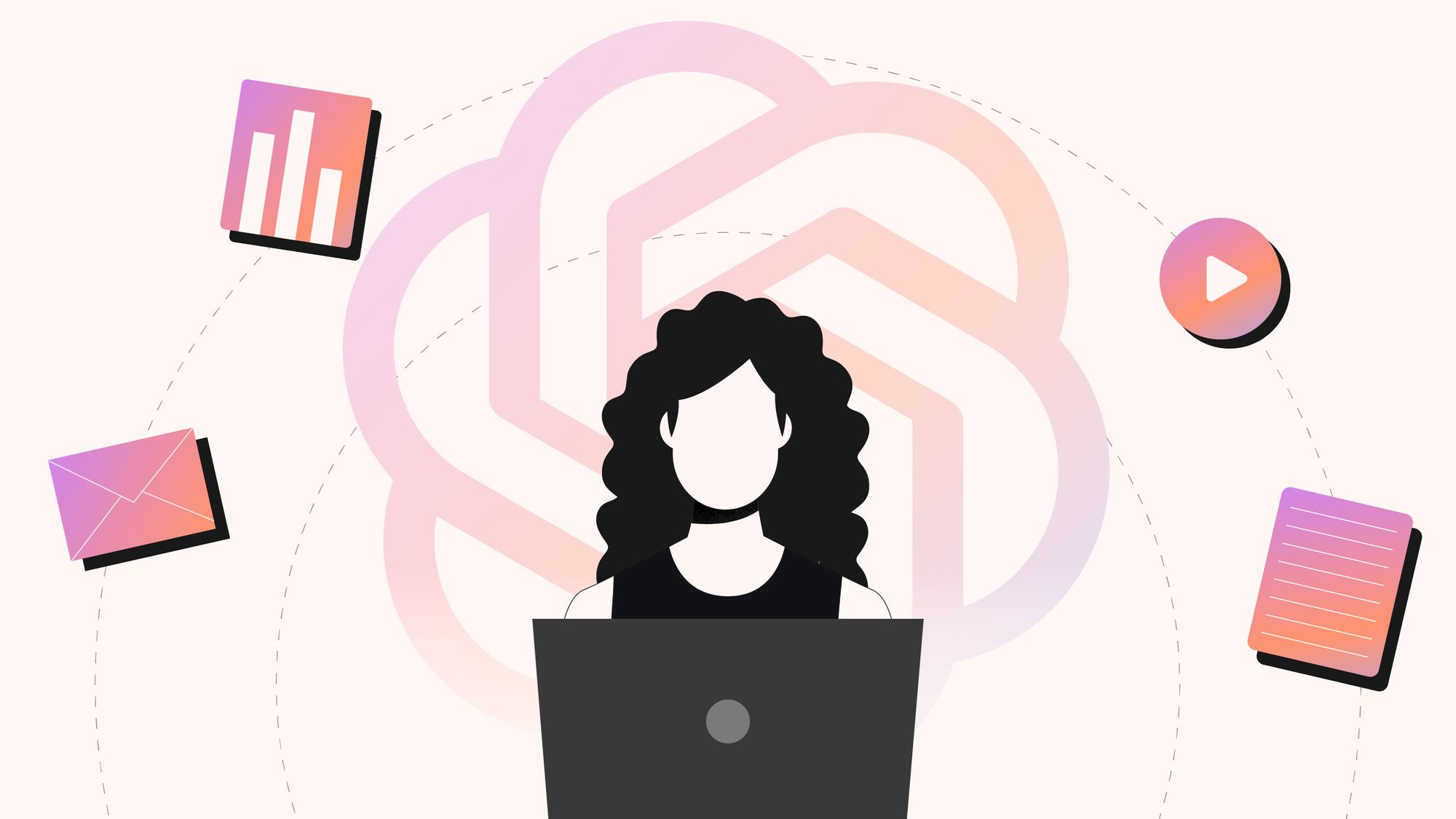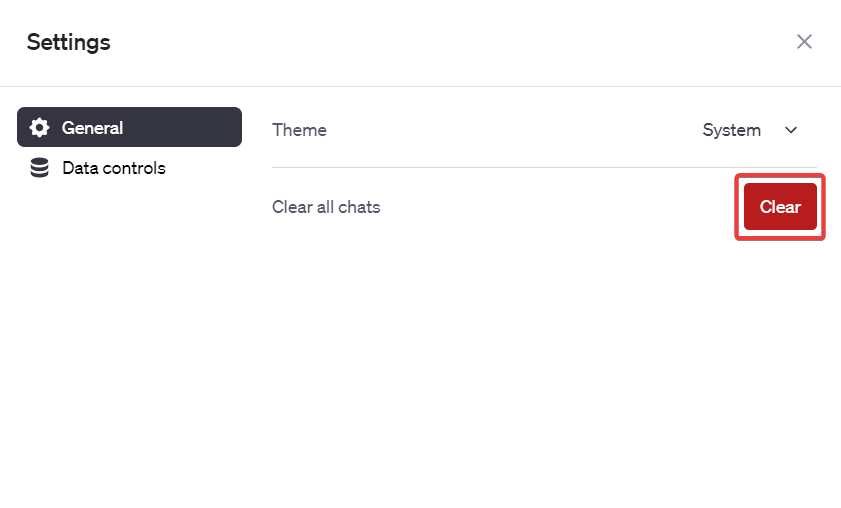How to use ChatGPT?
Admin / April 5, 2024

The emergence of ChatGPT has been groundbreaking, with over 100 million users worldwide in just three months since its release. This is particularly significant for the content marketing industry, as it marks the beginning of a new era.
With some individuals embracing the tool and others questioning its potential to render their jobs obsolete, there is ample opportunity to explore the capabilities of ChatGPT. Whether you're a student, a marketing professional, a developer, or a casual writer, ChatGPT provides a stress-free solution for your writing needs.
Using ChatGPT is incredibly simple! All you need to do is create a free account on the official ChatGPT website and start prompting.
However, if you're one of those individuals who hasn't yet delved into ChatGPT and is wondering how to effectively integrate it into your workflow, this blog is dedicated to you.
With some individuals embracing the tool and others questioning its potential to render their jobs obsolete, there is ample opportunity to explore the capabilities of ChatGPT. Whether you're a student, a marketing professional, a developer, or a casual writer, ChatGPT provides a stress-free solution for your writing needs.
Using ChatGPT is incredibly simple! All you need to do is create a free account on the official ChatGPT website and start prompting.
However, if you're one of those individuals who hasn't yet delved into ChatGPT and is wondering how to effectively integrate it into your workflow, this blog is dedicated to you.
What is ChatGPT?
ChatGPT, short for Chat-based Generative Pre-trained Transformer, is an AI language model equipped with advanced natural language processing (NLP) capabilities.
Developed by OpenAI, it is a refined version of the GPT-4 and GPT-3.5 models specifically designed for chat applications. OpenAI has trained this model using Reinforcement Learning from Human Feedback (RLHF), allowing it to engage in conversational interactions.
ChatGPT operates in a dialogue format, enabling the AI chatbot to reject inappropriate requests, ask follow-up questions, acknowledge mistakes, and challenge incorrect assumptions.
The AI language model is trained on a vast amount of data that includes human interactions from various sources, enabling it to generate text in different styles. With its user-friendly interface, ChatGPT is straightforward to use.
This article will discuss how to use ChatGPT, its applications, limitations, and alternative options. Let's dive right in, shall we?
How to use ChatGPT: Step-by-step guide
Before we delve into a detailed step-by-step process, here's a quick guide on how to start using ChatGPT:
1. Visit chat.openai.com on your browser and log in or sign up for a free account. The basic version of ChatGPT is available at no cost.
2. Enter your prompt in the message box on the ChatGPT page.
3. Wait for ChatGPT to generate a response.
4. Once you receive the response, you have several options:
- Edit the original prompt and resubmit it.
- Enter a new prompt based on the response.
- Generate another reply from ChatGPT for the same prompt.
- Copy, share, like, or dislike the response.
Now, let's dive into the comprehensive guide with finer details:
Step 1: Understand the prerequisites and limitations
- Prerequisites: Ensure you have a valid phone number and email address to create an account.
- Limitations: Keep in mind that ChatGPT may have limitations in providing accurate information. Adhere to the usage policies to avoid account suspension.
Step 2: Account creation and verification

- Sign up: Visit the OpenAI platform and click on "Sign Up."

- Email verification: Enter your email, click "Continue," create a password, and select "Continue" again. Alternatively, you can sign up using your Google, Microsoft, or Apple account. OpenAI will send you a verification email, which you need to click to verify your account.
- Personal details: Provide your first and last names.
- Phone verification: Verify your identity by entering your phone number and the verification code you receive.
Step 3: Engaging with ChatGPT
- Write a clear and detailed prompt in the message box.
- Structure your prompts well to receive relevant and accurate responses.
- Click the arrow icon or press "Enter" to send your prompt to ChatGPT.

- If you have a Plus subscription and access the GPT-4 model, ChatGPT can browse the internet to provide responses based on current data.
Step 4: Interacting with the responses
- After submitting your prompt, ChatGPT will generate a response within seconds.
- You can perform the following actions:
- Edit your prompt by clicking on the pencil icon.

- Enter a new prompt to continue the conversation.
- Listen to the response by clicking the speaker button.

- Regenerate the response by clicking the regenerate icon.

- Copy the response by clicking the clipboard icon.
- Share the entire ChatGPT conversation by clicking the upward arrow icon and copying the link. You can choose to share it with your name or anonymously, and edit the chat description if desired.
Step 5: Customizing ChatGPT
- OpenAI has introduced a memory feature in ChatGPT, allowing you to save specific information. This eliminates the need to repeat context in each conversation.
- To control the memory, log in to ChatGPT, click on your profile in the left-pane window, and select "Customize ChatGPT."

- In the customization window, provide relevant information about yourself in the "What would you like ChatGPT to know about you to provide better responses?" box.

- In the "How would you like ChatGPT to respond?" section, specify any desired characteristics for the responses, such as writing style, structure, tone, and voice.
Step 6: Managing chat history
- Access previous chats from the left panel.
- Delete individual chats by clicking the trash can icon next to the chat title.

- Clear all chat history by navigating to settings, clicking on "Clear" beside the "Clear all chats" option.

- Optionally, disable chat history from the data controls tab in settings.
Building your own Custom GPT
- If you have a ChatGPT Plus or Enterprise subscription, you can create unlimited custom ChatGPTs tailored to your needs.
- This feature is particularly useful if you frequently use ChatGPT for similar purposes and require consistent instructions.
- Login to ChatGPT and click on the "Explore GPTs" button from the sidebar.
- Enter your instructions in the bot builder window.
- Based on your instructions, ChatGPT will suggest a profile picture, name, and conversation starter for the chatbot.
- Interact with the bot and refine its responses by experimenting with different prompts.
- Configure advanced customization options, such as changing the chatbot's name and profile picture, uploading knowledge files, and setting conversation starters.
It's important to note that ChatGPT has its limitations, including the generation of irrelevant responses and limited knowledge of events after January 2022 in the free version. The influx of users has put a strain on the AI model's servers. Consider upgrading to ChatGPT Plus to overcome these limitations.
Now that you know how to access ChatGPT, are you curious about how it actually works? Read our blog to learn more!
See more: